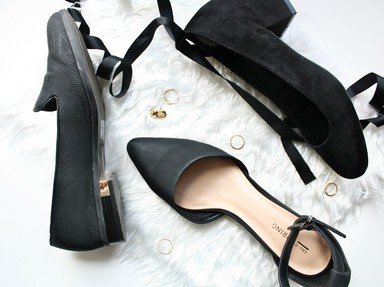Quiz Answer Key and Fun Facts
1. Huaraches, woven sandals from Mexico, were originally made with what main material?
2. Also called Tanakhi sandals, which of the following styles have been made in the area around Israel for centuries?
3. Clogs have been made for centuries all over the world. What is the distinctive design detail that would be found on each?
4. In order for a shoe to be a sandal it must have a flat sole.
5. Which of the following sandals, that became a fad of the 1980s, was made of colored plastic?
6. In which of the following countries would one find working people wearing jipsin sandals during the time of the Joseon Dynasty?
7. The manufacturing of Esparto sandals in Spain goes back several centuries. By what other name, used for a sandal with a plaited fiber sole, are they known?
8. Which of the following people are most likely to be seen wearing paduka sandals in India today?
9. What other name is used interchangeably by most people - especially in Australia - for "flip-flops"?
10. By what name are Ho Chi Minh sandals known in Vietnam?
Source: Author
ponycargirl
This quiz was reviewed by FunTrivia editor
kyleisalive before going online.
Any errors found in FunTrivia content are routinely corrected through our feedback system.

